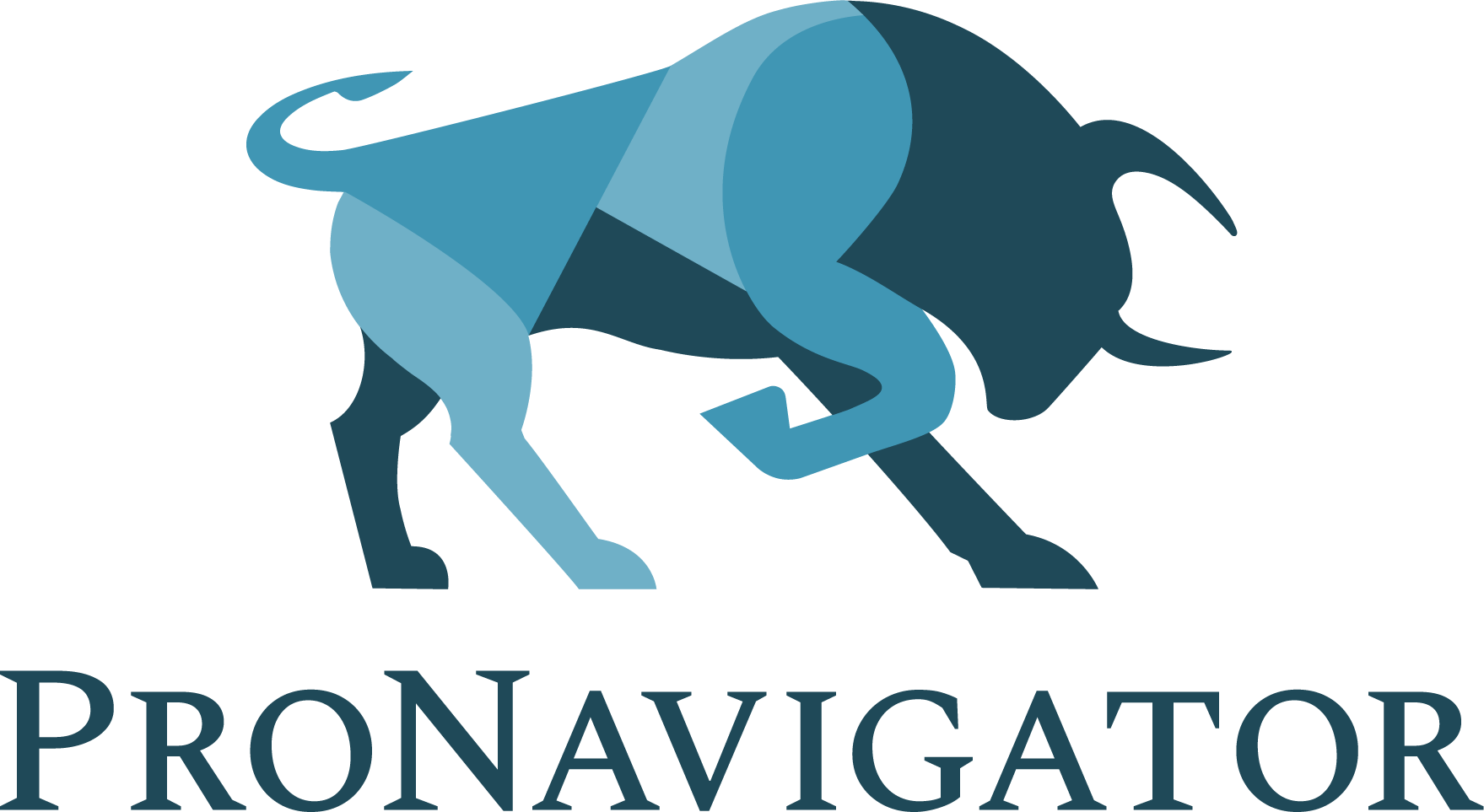
According to the World Bank, effective knowledge management comes down to three things: people, process, and technology. Traditionally, large organizations have relied on in-person training, and often maintain physical training centers to onboard new hires.
But, as the Harvard Business Review explains, many large organizations are shifting to digital or blended training formats. Insurers are increasingly relying on chief knowledge officers and chief learning officers to drive innovation in the onboarding process and provide opportunities for self-directed learning.
With a modern knowledge management system, insurance organizations can overcome information challenges and strive to preserve knowledge. That makes it instantly available to everyone in an organization, regardless of department or geographic location.
Here’s how to reap the benefits of knowledge management:
Staff Self-Service
A self-service knowledge management (KM) solution can promote employee confidence and self-sufficiency by giving them the tools they need to solve problems themselves. The right KM tools can help frontline staff members reclaim lost time and become more productive, because they can find the information they need instantly. With an impending retirement wave about to hit the industry, this will be especially crucial.
With real-time access to information, employees don’t have to wait for responses from managers and underwriters. This leads to a more inclusive and flexible corporate culture. In turn, this reduces the time it takes to provide prompt customer service.
Central Knowledge Base
Behind any effective self-service system is a central knowledge base. This is where all of the company knowledge is stored. As policy documents accumulate and multiple iterations of each underwriting manual need to be maintained, this kind of central repository can quickly get out of hand.
The best type of knowledge base works like a search engine. It should bring various types of resources together in one place with an intuitive search feature. Employees can look for the information they need using plain language. This enables them to find underwriting manuals and policy documents they may not yet be familiar with.
Employees can use filters to sort search results by date, product line, or region to ensure that they’ve located the correct version of each digital document. Most importantly, this type of central knowledge base allows organizations to maintain a single source of truth across multiple departments.
Domain-Specific Approach
Because the insurance industry is so specific, a one-size-fits all knowledge base isn’t going to fit the bill. Insurance companies need a purpose-built knowledge management system that’s optimized for the insurance industry. That means specific labeling and filtering so that departments don’t have to come up with shortcuts and workarounds to use a system that isn’t designed for them.
Advanced technologies like machine learning and natural language understanding are already being applied in the insurance industry. By training AI applications on specific terminology and datasets, organizations can speed up the underwriting process. Users can also see streamlined insurance claims processing and claims handling.
AI can be developed to give “robo-advice,” process telematic and parametric insurance policies, and more. Insurers need to be ready to handle these complexities, while also protecting customer data in line with regulations such as HIPAA and the GDPR.
Going Beyond Insurance Documents
Effective insurance document management software is more than just a system for document storage. Employees need to be able to find information across multiple file formats, not just Word documents and PDFs. Key sources of data may be contained in images, presentation slides, videos, and more. Some types of tacit or implicit knowledge may not yet be documented at all.
If a document can’t be found by searching a title alone, employees should be able to search for words contained within a document to narrow the search down. Those results should be highlighted within the document so they’re easy to navigate and the employee can quickly find the result they’re looking for.
According to Deloitte, the right search tools and tagging mechanisms can reduce the amount of time employees spend looking for answers. This will help reduce organizational silos, which is one of the biggest obstacles to effective knowledge management.
Low Maintenance
Finally, modern knowledge management systems are designed to be low maintenance systems that don’t require significant IT support. This is in contrast to legacy systems that are managed in-house and require cumbersome hardware and software.
With remote work becoming more common, employers will need to provide access to secure knowledge management systems. Cloud-based platforms are easy to set up and can be implemented quickly. That means employers can roll out access to remote employees while protecting confidential data.
Request a demo to learn how ProNavigator can help you modernize your knowledge management business processes.

Mitja Alexander Linss is the Sr. Director of Marketing at ProNavigator. He frequently writes about knowledge management, information discovery, artificial intelligence, and InsurTech.





